Struggling to get your homeschool organized? If you’re domestically challenged like me, it can seem like an impossible feat. But don’t worry. You don’t need to be ultra-organized to homeschool. You just need to be organized *enough* to be able to go about the business of teaching and training your kiddos with relative efficiency. Here are six strategies for homeschool organization from a homeschool mom who has been there. 🙌
Disclosure: *This post may include affiliate links. As an affiliate, I earn from qualifying purchases. Read the disclosures and terms for more information.
If you’ve been part of the homeschool community for any length of time, you’ve probably noticed that some mamas who are natural homeschool organization rockstars with all their neat rows and brilliantly white school rooms. The rest of us ooh and ahh over all the shininess and then get back to looking for that math book we’ve been trying to find for over 15 hours.
It’s ok, friend. I am your people.
What's Covered:
Homeschool Organization: Six Strategies to Calm the Chaos
I’ll say it again: you don’t have to be a super organized, “Type-A” mom in order to homeschool your children successfully. But it would be nice to know where the math book is, right? Organizing your homeschool to some degree is necessary because it helps you keep track of your stuff and get more done. It doesn’t need to be any more complicated than that. No need to alphabetize your books or break out the label maker.
Check out the six strategies below. Even us “Type-B” homeschool mamas can swing them. 😉
Tip #1: Keep the Items You Use Every Day Within Reach
Homeschool organization needs to be functional, above all. Wherever you “do school,” keep the items you need right there within reach. Or at least, close enough that the effort to go get it isn’t more than your motivation to get that lesson done. 😆 I know I can’t be the only one.
For example, we do most of our school at the dining room table. Here’s where I put things so they are close enough:
- I always sit at the same spot at the table.
- At my right I have a shelf with all the binders, some basic art supplies, and the giant dictionary.
- On the left we put another small table that holds the Bibles, memory work box, pencils, sharpener, math flash cards, some totes with supplies, and usually stacks of books we’re using daily.
- Under that table are bags with the All About Spelling and All About Reading supplies for multiple kids, plus a few extra things.
- Behind me on the wall is the map, the calendar, and the loop scheduling checklists we use.
- Nearby in the living room is a bookshelf with the books the kids will need to grab for school as well as our books for leisure. (Note: sometimes that’s too far, so the things I really need daily are on the two tables near me.)
Keeping all the things we need each day easily within reach has been very helpful for our overall homeschool organization. So, figure out how you can do the same in your own spaces!
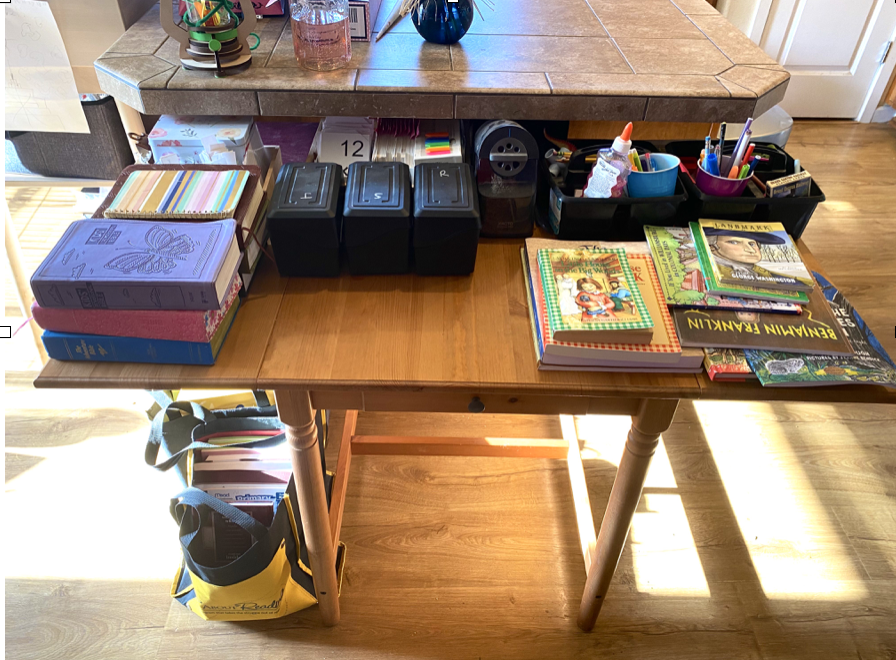
Tip #2: If You Can’t See It, You Won’t Use It
This is probably not something people usually say about homeschool organization, but here it goes:
Don’t keep things in closed containers if you plan to actually use them. Of course, this is just if you’re like me. If I can’t SEE something, it essentially ceases to exist. Sometimes, I can even stop seeing things that are there. My powers are astonishing like that. 😆
What that means, is that those beautiful cloth bins, closed boxes, closed drawers, and zipped bags we see in the pretty homeschool rooms? Those don’t work for me. They make me LESS organized, because I will completely forget what’s in there anyway. More often, I’ll just shove a whole bunch of random stuff in there and close it so it looks tidy in a hurry when guests are coming over for dinner. (Ahem… this is turning into homeschool mom confessions. Lol)
Keep the things you need every day and week not only within reach, but visible. Don’t tuck them into bins, boxes, and drawers. Yes, that means things may not look as tidy, but you’ll get more done and not loose as many math books.
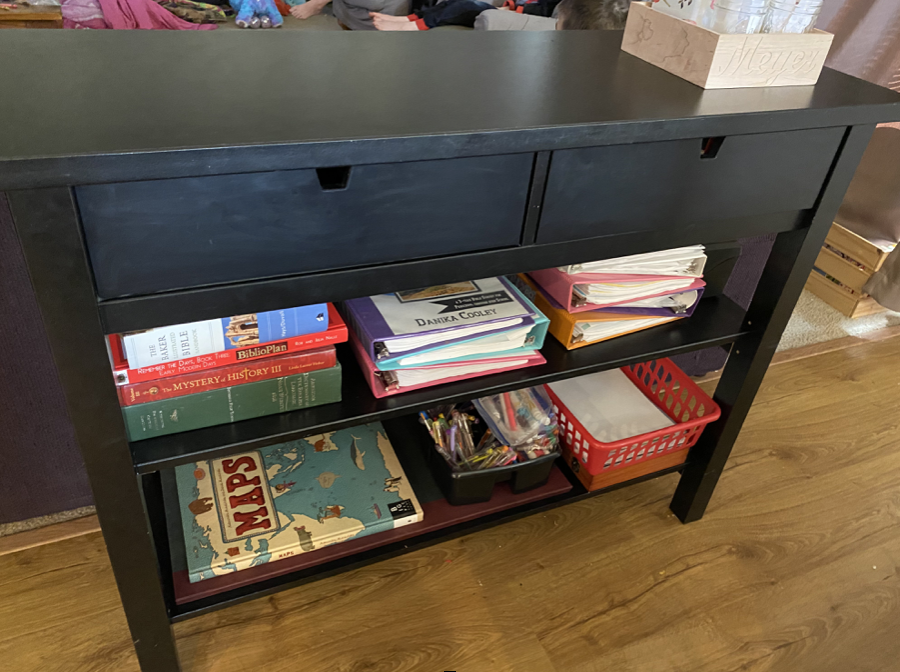
Tip #3: Keep the Extra Stuff to a Minimum
Lol! Ok, well, it’s easier to say than to actually do, I know. I have to be honest, I’m no minimalist, especially when it comes to books or curriculum. I mean, I’ve been known to hug a book or two. And for a homeschool mom, aaalllll the books spark joy! ((group hug!))
However, an important homeschool organization fact is that the more homeschool stuff you keep the harder it will be to find what you need. For everything that you don’t use every day or week, take some time to thin things out.
Schedule a decluttering day and do the following tasks:
- Donate some things you don’t need. Pick 10 things, or go through the curriculum that’s 5 years old, or whatever. You don’t have to do it all right now and you don’t feel guilty for not going all Marie Kondo on it.
- Put things you might need later in plastic tubs. If you won’t need it in the next couple of years, but you aren’t ready to get rid of it just yet, put it in a plastic tote for storage. I have two in a closet upstairs just for that purpose.
If you plan to do this once a month (make a reminder on your phone, maybe?) it will make a bigger dent in your homeschool organization efforts than you think.
Tip #4: Give Everything a Home
Work on finding a place for each type of homeschool item. Use the spaces and organizational tools you already have on hand. Here’s how:
- Pick a type of item. Let’s say, scissors.
- Ask yourself, where would I look for scissors if I needed them? (I heard this tip from A Slob Comes Clean. It totally works.)
- Create that spot and make it the scissor spot.
- Declare the scissor spot to your household. Label if you must.
- “Uh oh, where do the scissors go?” *cue eye twitch* “That’s right, let’s put them back where they belong.”
When you see that an area is becoming cluttered with homeschool things, practice this homeschool organization process on those items and put things in their place. Once they have a place, you and your kids are MUCH more likely to actually put them there eventually.
Over time you’ll change things as you observe what works and what doesn’t, the flow of your tasks or layout, and what is still getting lost or cluttering things up. And you’ll organize homeschool supplies a little bit more. It’s a work in progress. Keep at it!
Tip #5: Start Teaching Kids How to Manage Their Things
Even when you have your most-used homeschool items visible and within reach, and have thinned out your homeschool stash, and have a place for everything… there can still be struggles over the kids managing their own things.
Here are some ideas you can try that will help your homeschool organization efforts:
- Charge them 25 cents every time they loose a book. I thought this was brilliant, but it backfired because I had to pay when I lost a book, too. 😆
- Make one of their regular chores tidying up one of the homeschool spaces so they can practice putting things in the right places.
- Let them choose a spot to keep their own independent work materials. I have a daughter who came up with this idea and it works beautifully for her. She picked a spot in the living room (I had to let go…) and set up a tiny briefcase, backpack, and pencil pouch with her things.
- Build routines and habits into your day that help them stay organized. (See Tip #6 below)
But keep your head about you, dear mom, and don’t go grumping. This isn’t only about making life easier. It is about instructing them about life consequences, as well as helping them understand the value of time and the importance of being good stewards of their resources.
As homeschool families, we can learn these things TOGETHER. (Thank goodness.)
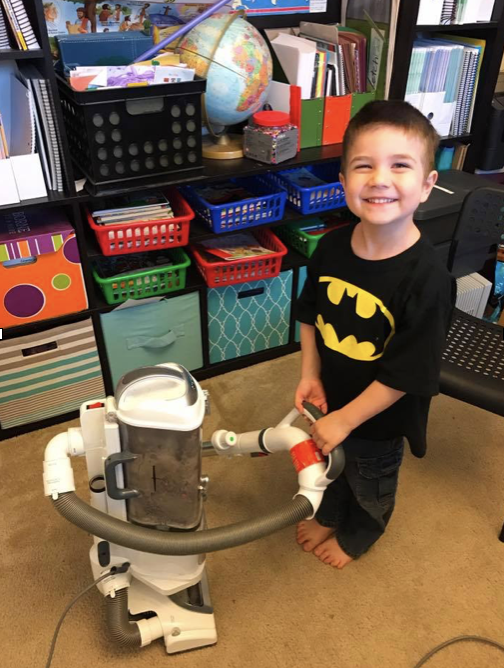
Tip #6: Remember the Reason for Staying Organized-ish
Are things always organized and tidy in my homeschool? No
But am I doing my very best to keep them that way? Also no. 😆
The goal behind homeschool organization isn’t to keep up with our super-organized friends or the bloggers on Instagram. Let go of comparison and unrealistic expectations. It’s ok to not be the most organized person on the planet. Really. You can still homeschool successfully.
We only have so many hours and brain cells in the day. Our mission here should be to keep things clean and orderly *enough* to go about the business of homeschooling and enjoying time with our families.
We work on staying organized-ish in our homeschools in order to:
- Keep our sanity as much as possible
- Avoid frustrations in our day
- Efficiently teach our children
- Model stewardship and orderliness
- Enjoy the homeschooling journey with our kids even more
You can do this, mama! Work with what you have and aim for progress, not perfection. ❤️
You Might Also Like…
Loop Scheduling Templates for Homeschooling, Homemaking, and More!
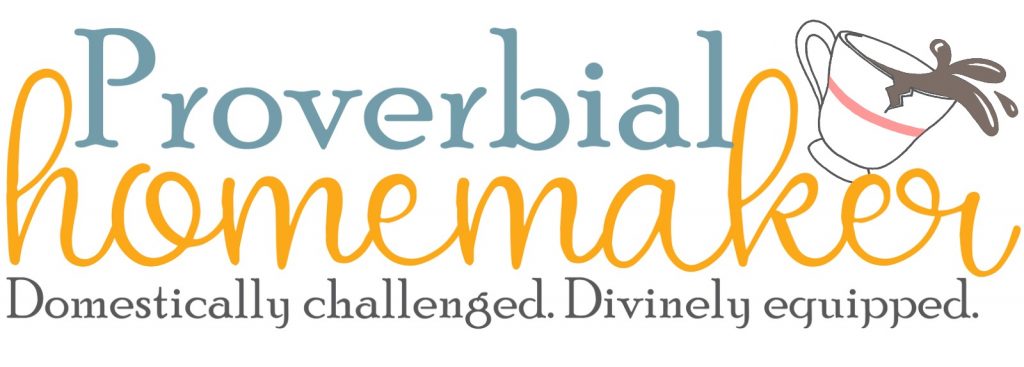
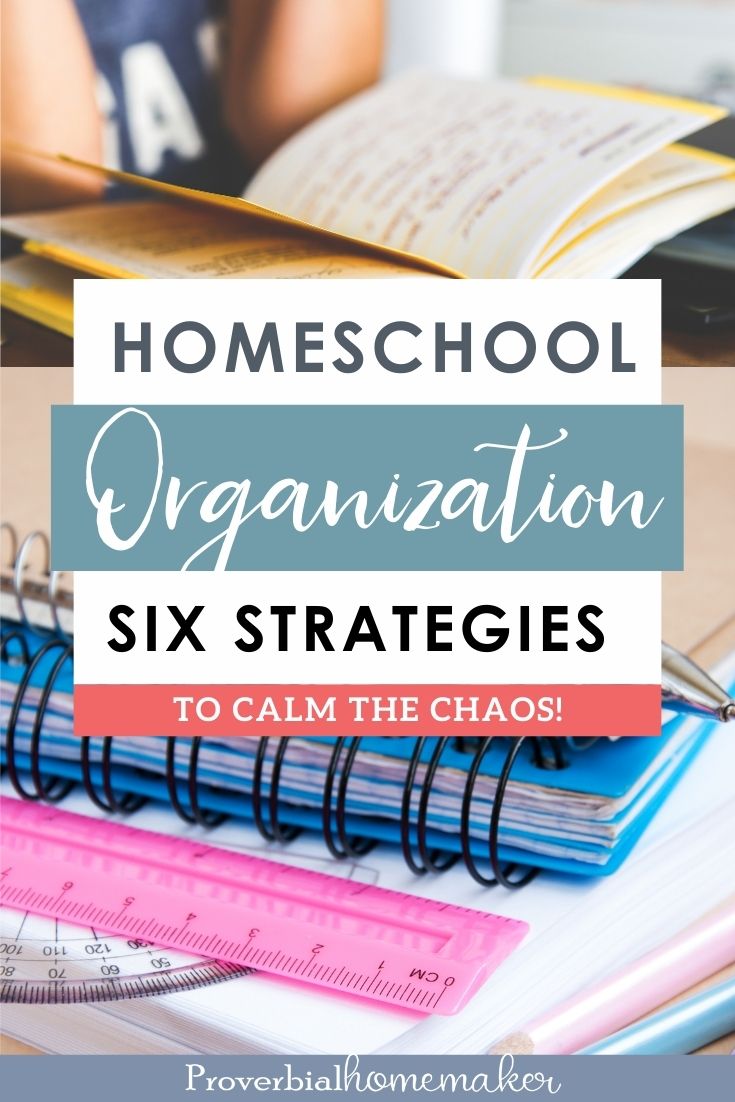

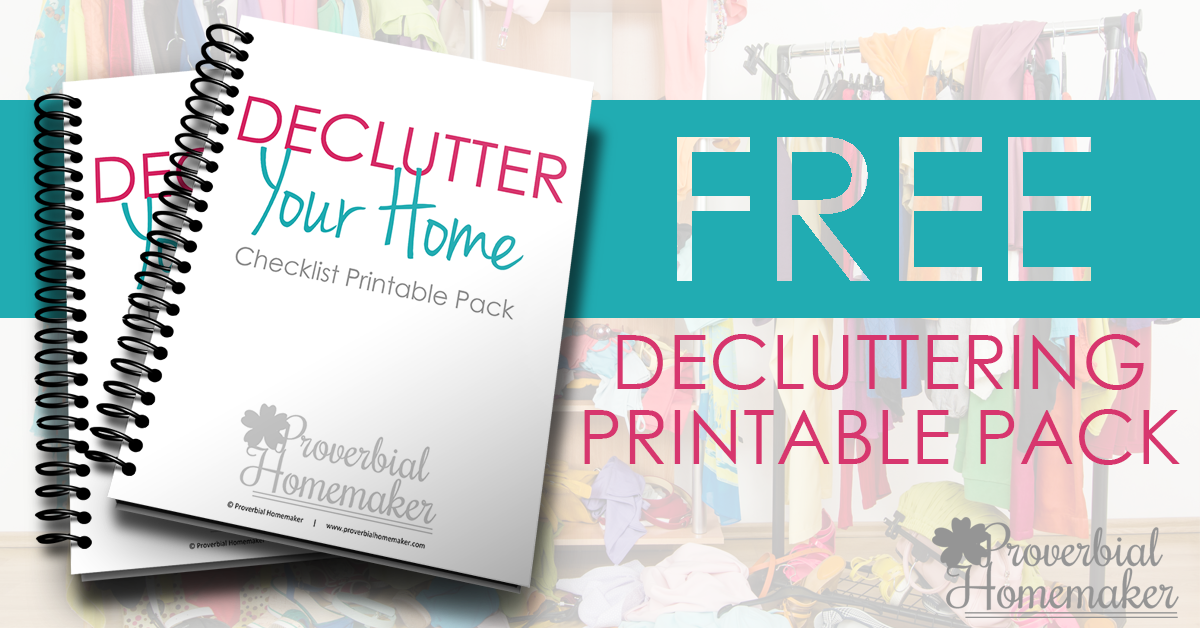

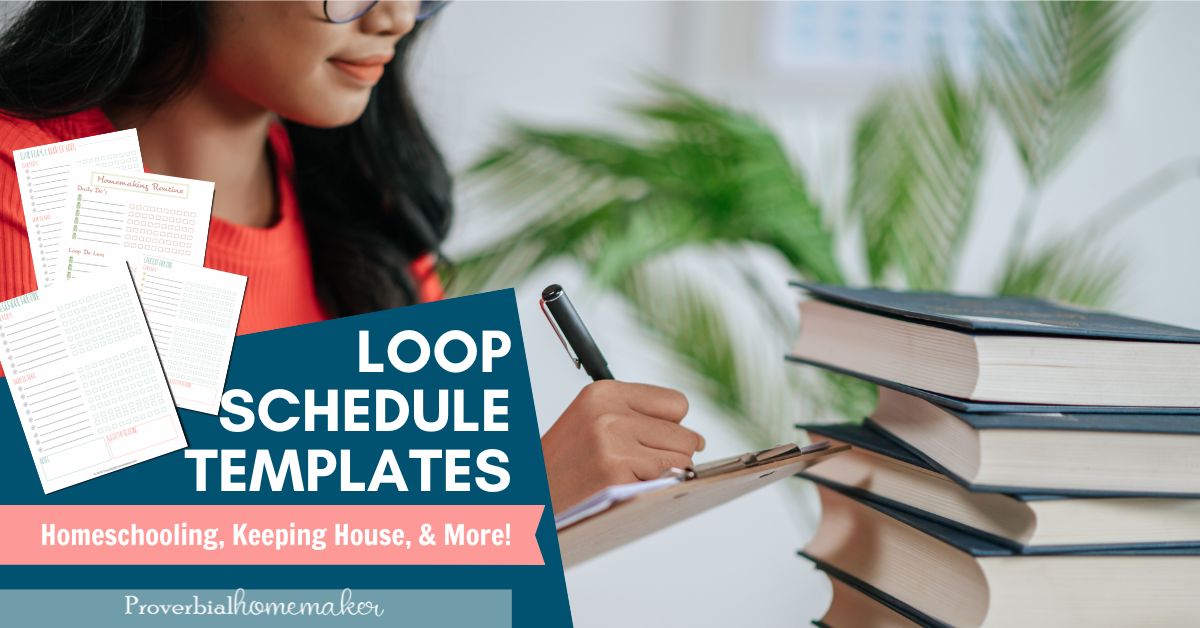


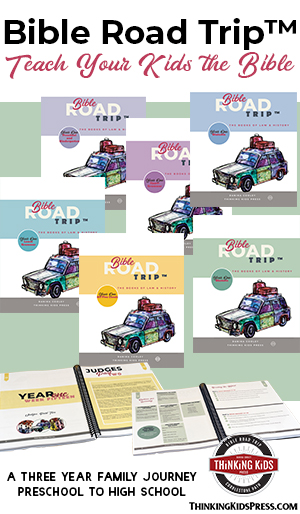
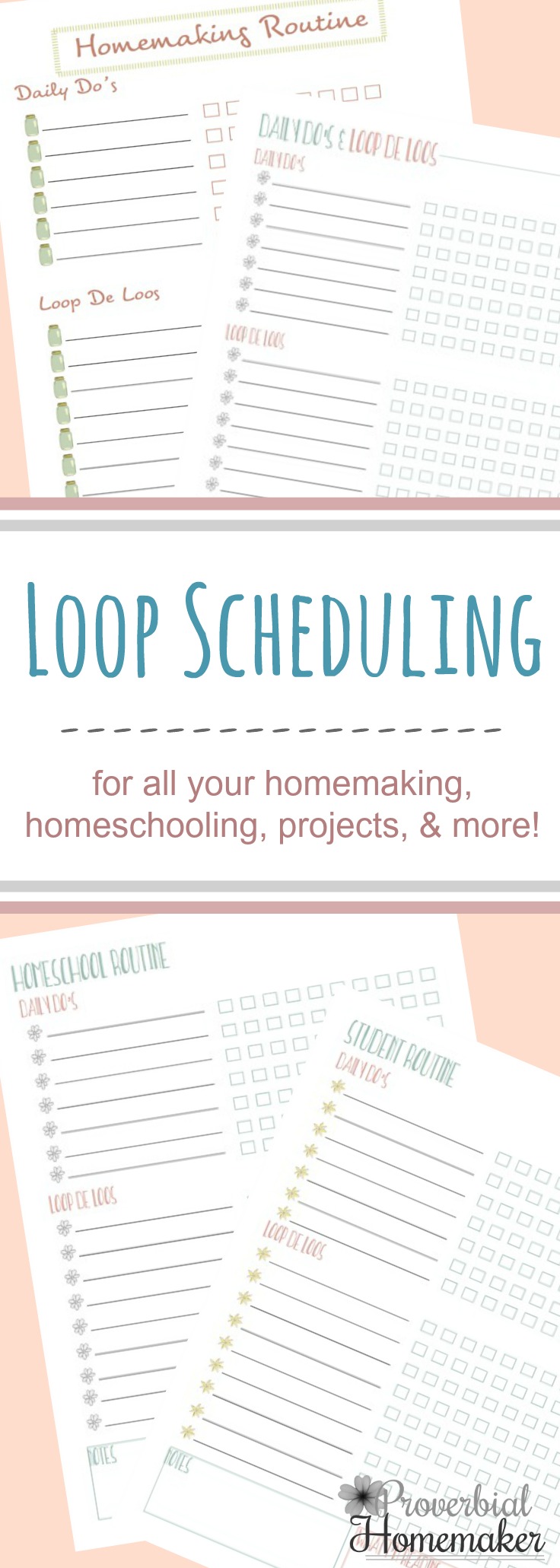

 by Stephanie, The Multi Taskin' Mom
by Stephanie, The Multi Taskin' Mom